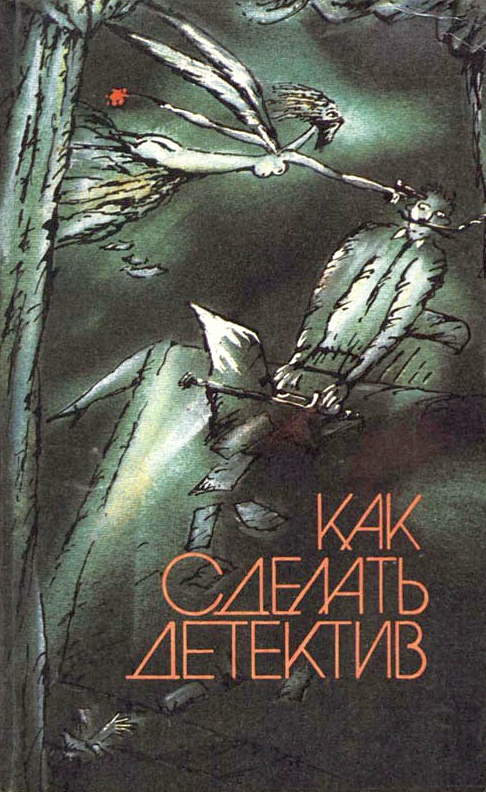Шрифт:
Закладка:
«…Я наверняка не единственный задавался вопросом, может ли кто-то из моих знакомых или случайных встречных быть немного большим неандертальцем, чем все остальные», – шутливо рассуждает в своей книге оксфордский профессор археологии Том Хайэм. И следом дает убедительное научное обоснование тому, что это действительно возможно.За последние двадцать лет знания об эволюции нашего рода Homo претерпели впечатляющие изменения. Исследования со всей определенностью показали, что 50 000 лет назад Земля являла собою картину первозданной, дремучей сложности. Позаимствовав образ у Дж. Р. Р. Толкина, можно сказать, что разнообразием форм человеческого рода наша планета походила на Средиземье. В разных частях света можно было отыскать пять или шесть, если не больше, различных видов людей.Неандертальцы, денисовцы, люди с Лусона и даже «хоббиты» – какой след они оставили в каждом из нас? Кем они приходятся нам и друг другу? Какие контакты могли быть между ними? Ответы на эти вопросы автор иллюстрирует картами археологических стоянок, фотографиями находок и удивительными историями вроде сюжета о генетическом гибриде двух различных видов людей. К изучению этой девочки, родившейся 90 000 лет назад от неандертальской матери и отца-денисовца, Хайэм имел прямое отношение. Современная археология позволяет получить информацию даже из крохотных кусочков материала, восстановить по фрагментарным останкам человека чуть ли не его биографию. И буквально одно открытие способно в корне изменить наши представления о происходившем в прошлом, поэтому читателю будет особенно интересно узнать, что изменилось в генетике и археологии за последние годы и как совершаются революционные научные прорывы.Когда в 2016 г. одна из групп, раскапывавших центральный зал, обнаружила там совершенно целую костяную иглу длиной в 7,5 см, я как раз находился рядом и видел это своими глазами. Невозможно передать, с какими чувствами берешь в руки только что извлеченный из земли предмет, изготовленный 35 000–40 000 лет назад, столь красивый и изящный. Я часто представляю себе время, прошедшее с тех пор, когда человек далекого прошлого в последний раз держал его в руках, как череду разделяющих нас поколений. Считается, что поколения сменяются через 21–23 года, и это значит, что с тех пор родились, жили и умерли более 1 700 поколений. Я думаю о людях, изготовивших эти предметы, об их детях, родителях и дедах, о том, как была устроена их повседневная жизнь.Для когоДля тех, кто хочет знать больше о своих далеких предках, их разнообразии и истории их обнаружения.





